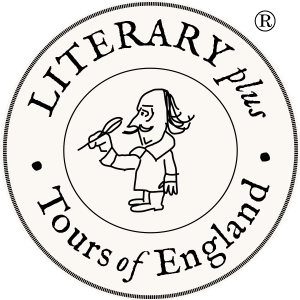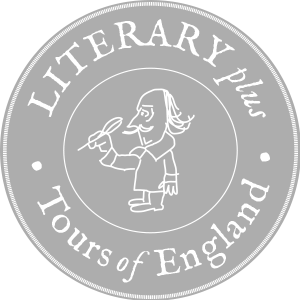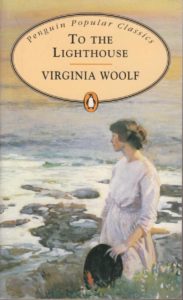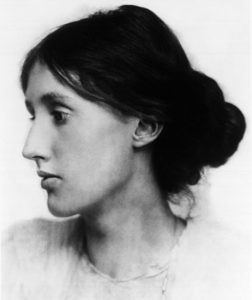04 Dec Virginia Woolf’s Bloomsbury and Sussex
“If you do not tell the truth about yourself, you cannot tell it about other people.” – Virginia Woolf
Virginia Woolf Basics
Virginia Woolf was undoubtedly one of the most important English writers of the 20th Century. In a BBC poll of 82 non-British critics, two of Woolf’s novels – Mrs Dalloway (1925) and To the Lighthouse (1927) – were ranked in the top three English novels of all time. (The third was George Eliot’s Middlemarch (1871-72).) Other popular novels by Virginia Woolf include Orlando (1928) – inspired by her relationship with Vita Sackville-West – and The Waves (1931).
Together with her husband Leonard Woolf (they married in 1917) and her artist sister Vanessa Bell, Virginia was a founder member of the Bloomsbury Group of intellectuals, writers and artists, which included EM Forster and John Maynard Keynes. Although she was born in South Kensington in 1882, the family moved to a house in Bloomsbury (46 Gordon Square) in 1904 and Virginia lived there until 1907. She continued to live in and around Bloomsbury until 1914.
After being home-schooled as a child, Virginia went to King’s College, London (a short distance from her future Bloomsbury home) where she studied classics and history. She began writing professionally when she was only 18 years old and she soon developed her trademark “stream of consciousness” style. It’s probable that her many mental breakdowns – she made multiple suicide attempts and was institutionalized several times – had an effect on her work.
Exploring Bloomsbury
Virginia and Leonard moved back to Bloomsbury in 1924, renting a house at 52 Tavistock Square until 1939. They had earlier founded the Hogarth Press and now ran it from the basement, publishing much of Virginia’s output and works by other writers, including TS Eliot’s The Waste Land (1924). There’s a commemorative bust of Virginia in the gardens of Tavistock Square (and at the center of the square is an impressive statue of Mahatma Gandhi).
So Judy and I decided to begin our tour in Bloomsbury. This elegant area of west London is distinguished by the presence of the British Museum and University College, London. We were taken with its cosmopolitan nature, with its bustle of students and tourists. As we strolled along Lambs Conduit Street, passing (and frequently entering) its bookshops and cafes, we easily picked up the area’s distinctly literary feel.


Monk’s House
From London, Judy and I made the 70-mile drive south through lovely countryside and over the South Downs to the village of Rodmell near Lewes in Sussex. It was here that we found Monk’s House (below left), which was purchased by the Woolfs in 1919 and became their permanent home from 1940, when they chose to leave London at the height of the German Blitz.
The house – actually a cottage dating from the 15th or 16th Century – is now owned and managed by the National Trust, who have maintained it just as it was when the Woolfs lived there. It was a quite moving experience to wander through the oak-beamed rooms filled with some of their favorite things. We also enjoyed the large garden, much loved by the Woolfs. It was not far away that, in March 1941, Virginia committed suicide by drowning herself in the River Ouse. Leonard continued to live at Monk’s House until his death in 1969.

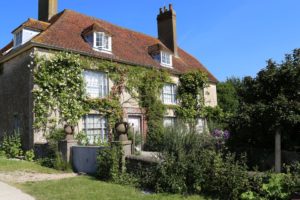
Charleston
A short but circuitous drive from Rodmell brought us to the village of Firle and Charleston (above right) – the country home of Virginia’s sister, Vanessa Bell, and her husband, Duncan Grant – which served as a popular meeting place for members of the Bloomsbury Group. It was fascinating to tour the house, which is filled with examples of their decorative style and reflects the couple’s more than sixty years of artistic creativity.
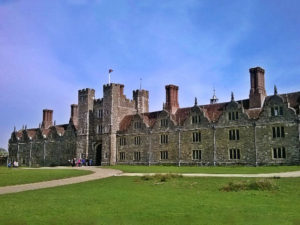
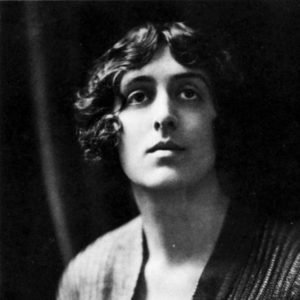
Knole
From Firle we drove one hour north to Knole (above left, near Sevenoaks in Kent). This was the birthplace and early childhood home of the poet and novelist Vita Sackville-West (above right), with whom Virginia enjoyed a close friendship from 1922 until her death. Now owned by the National Trust, Knole is a massive country house, four acres in size, that dates back to the mid-15th Century (with additions in the 16th Century and 17th Century). The surrounding 1,000-acre deer park dates from around 1600. There was so much to marvel at: grand courtyards, great art, fine furniture, and panoramic views from the Gatehouse Tower!
Postscript: Woolf on Screen
Virginia Woolf’s books are notoriously difficult to adapt for the screen. The best might be Mrs Dalloway (1997), starring Vanessa Redgrave, and Orlando (1992), with Tilda Swinton in the title role. Definitely worth viewing is The Hours (2002), starring Nicole Kidman as Viriginia Woolf, which tells how Mrs Dalloway impacts three generations of women. Not so well received was Vita & Virginia (2018) which focused on Virginia’s love affair with Vita Sackville-West.
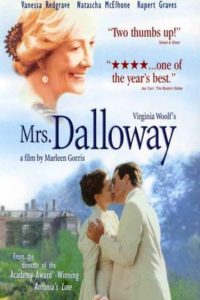
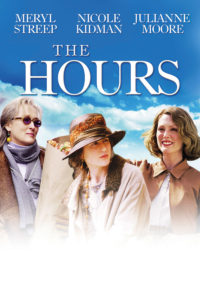
If you’re thinking of visiting Virginia Woolf’s Sussex, allow a full day to explore Monk’s House and Charleston. Be sure to outfit yourself with comfortable shoes, a light jacket and a feeling for the exotic. Looking for more to do in the area? Consider Arundel Castle – a spectacular and well-preserved 11th Century fortress – and Battle Abbey and Battlefield – site of the 1066 Battle of Hastings, which brought the Norman duke William the Conqueror to the English throne. To visit all of these and other fascinating literary and non-literary sites associated with your favorite writers, plan your itinerary here.
